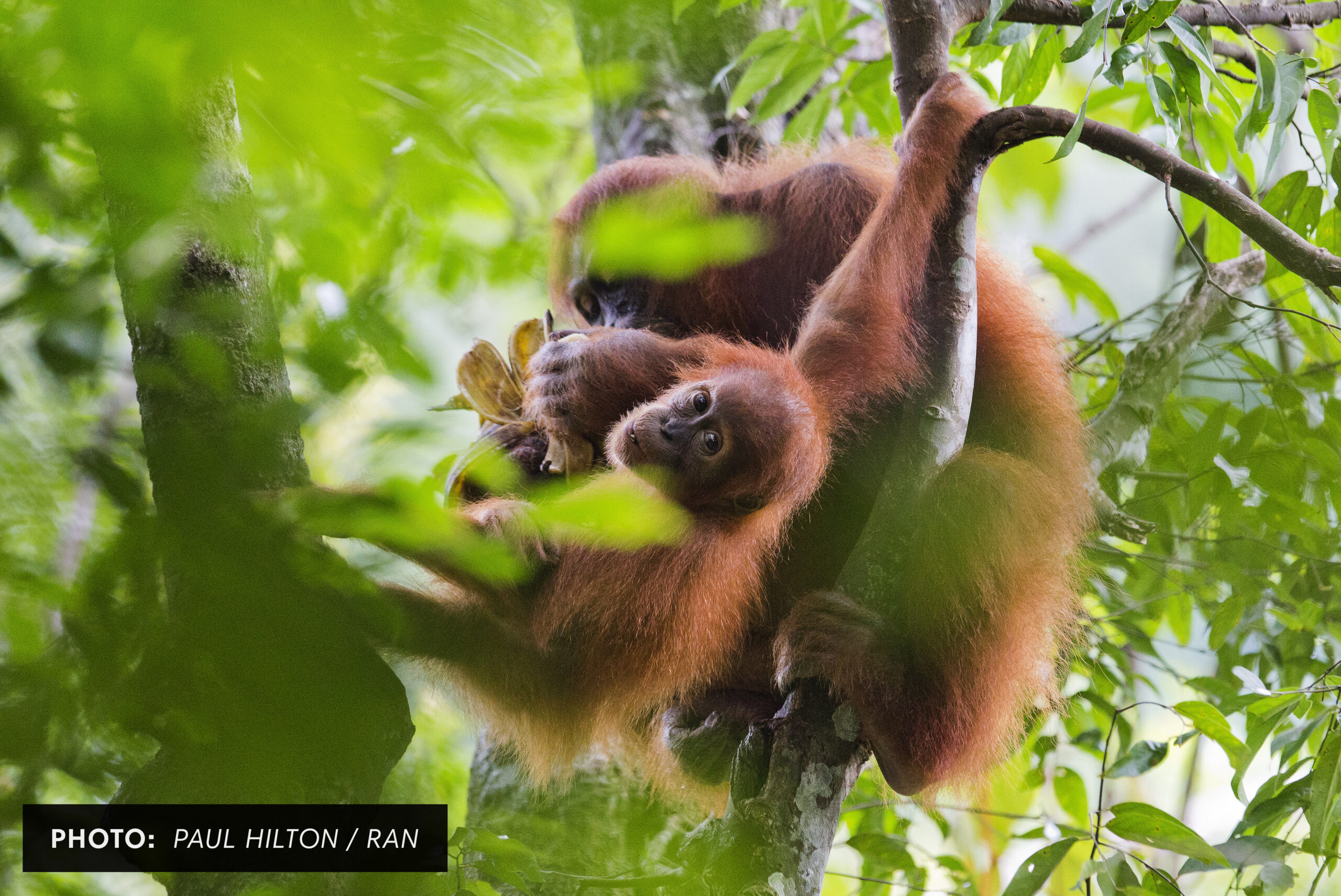Forest clearance resumes inside PT. Surya Panen Subur’s palm oil concession
Analysis of satellite imagery has once again found that deforestation for palm oil continues within the concession of PT. Surya Panen Subur II (PT. SPS II) in Tripa Peatland in Aceh. A total of 155 hectares (383 acres) has been cleared across several locations with the concession. PT. SPS II is a notorious palm oil producer that was convicted of illegally and intentionally using fire to clear critical habitat within the globally important lowland forests and peatlands of the Leuser. PT. SPS has waged fierce, years-long battles against officials to avoid paying the fines they owe and taking the steps needed to remediate the damage they have caused.
Peatlands are extremely carbon-rich landscapes that, when left alone, are some of the most effective areas for longterm carbon sequestration on the planet. Conversely, when these swampy areas are artificially drained of water and then cleared through burning in preparation for palm oil plantation development, they release catastrophic, globally significant quantities of climate disrupting pollution into the atmosphere. Palm oil expansion has devastated Aceh’s peatlands within the world-renowned Leuser Ecosystem for decades.
One of Aceh’s three major peatlands is located in an area called Tripa, which once contained over 61,000 hectares (150,734 acres) of lowland forests with over 52,000 hectares (128,495 acres) composed of carbon rich peatlands. Since 2000, almost 20,200 hectares (50,000 acres) of land within Tripa has been converted to oil palm plantations due to the growing global demand for palm oil. The area of forested peatlands has been reduced to around 7,300 hectares (18,000 acres) of fragmented, but important, patches of peat forests. Thousands of hectares of these last peat forests in Tripa peatland remain within the palm oil concession allocated to PT. Surya Panen Subur II by the government of Indonesia.
Located in the districts of Nagan Raya and Aceh Barat Daya in the Indonesian province of Aceh, the Tripa peatland is an important ecosystem that regulates the freshwater cycle and floods, has been a resilient buffer zone from tsunami disaster, a vital source of livelihoods and sustenance for local communities, and is a valuable carbon store with peat domes of more than 5 meters depth. The Tripa peatland was once known as the “orangutan capital of the world” but due to the decimation of the forests due to oil palm expansion the local population of Sumatran orangutans has been tragically reduced. More than 4% of the known global population of this Critically Endangered species were once found in the Tripa Swamp. Despite the damage caused from decades of irresponsible palm oil production, Tripa peatland remains an important landscape for the protection and restoration of peatlands in Aceh.

This latest investigation builds on the findings of countless exposé since 2011. The latest investigation was undertaken in October 2020 when RAN found that forest clearing continued in the last intact peat forests within PT. SPS II’s concession for the establishment of palm oil plantations and that a new palm oil trader–– PT. Inno-Wangsa Oils & Fat of the Tanimas Group–– was responsible for selling Conflict Palm Oil from Tripa to global markets. RAN called for urgent action to be taken by major brands to halt sourcing from the Tanimas Group, effective immediately or to place it on a ‘No Buy’ list until it adopts a No Deforestation, No Peatland and No Exploitation (NDPE) policy, and stops sourcing from companies that have destroyed the Tripa Peatland.
In 2022, RAN called on brands and traders to work together with governments and communities to stop further palm oil expansion into all three peatlands in the Leuser Ecosystem, to protect remaining peat forests and restore degraded peatlands with existing palm oil concessions, and to resolve longstanding land conflicts with communities. The spike in deforestation in the first five months in 2024 in PT. SPS II’s concession shows that any interventions undertaken by brands––and their suppliers that source from mills surrounding Tripa peatland including Golden Agri Resources, Wilmar, Musim Mas and Permata Hijua – have not been effective in stopping deforestation in Tripa Peatland.
The maps below show the sites of deforestation in the last patches of forests inside PT. SPS II’s concession in Tripa peatland.

Satellite image of forest cover and cleared lands inside PT. Surya Panen Subur II concession in Tripa Peatland in May 2024

Forest loss inside PT. Surya Panen Subur II concession in Tripa Peatland in May 2024

Satellite image of forest cover and cleared lands inside PT. Surya Panen Subur II concession in Tripa Peatland in April 2024

Forest loss inside PT. Surya Panen Subur II concession in Tripa Peatland in April 2024
Satellite image of forest cover and cleared lands inside PT. Surya Panen Subur II concession in Tripa Peatland in March 2024

Forest loss inside PT. Surya Panen Subur II concession in Tripa Peatland in March 2024

Satellite image of forest cover and cleared lands inside PT. Surya Panen Subur II concession in Tripa Peatland in February 2024

Forest loss inside PT. Surya Panen Subur II concession in Tripa Peatland in February 2024

Satellite image of forest cover and cleared lands inside PT. Surya Panen Subur II concession in Tripa Peatland in January 2024

Forest loss inside PT. Surya Panen Subur II concession in Tripa Peatland in January 2024
